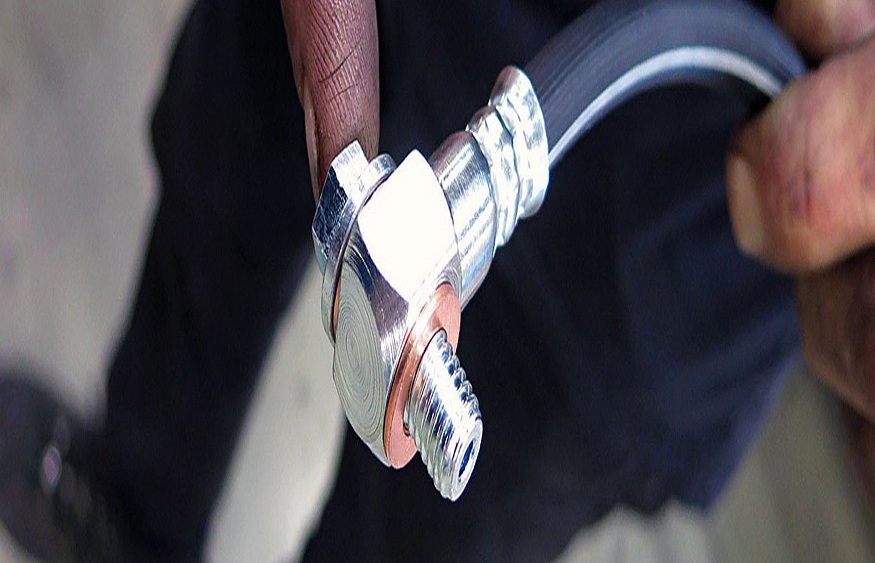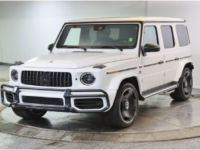Exploring the Pros and Cons of Copper Brake Line Tubing

The braking system of an automotive vehicle is just as important to its performance as the engine and drive train. The critical connection between the master cylinder and the slave cylinders at the wheels is the fuel line tubing that transports pressurized air or fluid through the system.
The brake line tubing is susceptible to several external factors such as air or fluid pressures, corrosion from salt and road muck, and stone pecking damage to any protective coatings when it is exposed beneath the chassis.
Copper brake lines are emerging as the preferred choice among OEMs, trailer manufacturers, assemblers, and maintenance facilities. Their advantages over traditional brake lines, including steel and stainless steel, are increasingly evident, especially in terms of durability, performance, and cost-effectiveness.
What is Copper Brake Lines?
Brake tubing composed mostly of copper with additional nickel content is referred to as copper-nickel brake lines. This alloy mixture, which is usually 90% copper and 10% nickel, produces a material that is well-known for its improved performance qualities, corrosion resistance, and durability.
Copper brake lines exhibit a crucial characteristic of being resistant to corrosion and oxidation, making them perfect for usage in settings that are prone to harshness, dirt, dampness, and road salt. They also show an outstanding level of temperature resistance, continuing to function in extremely hot or cold conditions.
The product is long-lasting and strong enough to withstand any high brake pressure. The line is shielded from all weather conditions by its metal construction. Furthermore, it offers protection from the salted streets of winter.
Pros of Copper Brake Lines
- Increased Durability: The durability of copper brake lines is a standout feature. Unlike steel or stainless steel counterparts, copper nickel resists oxidation and corrosion, making it resilient in harsh environments. Its flexibility allows it to bend around tight corners effortlessly, ideal for vehicles with intricate designs.
- Improved Performance: These brake lines offer enhanced performance, maintaining their efficiency even in extreme temperatures. With resistance to rust and heat absorption, they reduce the risk of brake overheating. Moreover, they enable better fluid flow, leading to faster transmission of hydraulic pressure, resulting in improved response time and enhanced stopping power.
- Reduced Cost: Copper brake lines prove cost-effective in the long run due to their lower maintenance requirements. Their resistance to corrosion minimizes the need for frequent repairs or replacements. Additionally, their production requires less energy, leading to lower initial costs compared to other materials.
- Resists Rust and Corrosion: In comparison to traditional steel, zinc, and PVF-coated lines, nickel-copper brake lines are exceptionally resistant to rust and corrosion. Their composition, predominantly copper with added nickel for strength, renders them practically immune to rust and highly resilient to corrosion.
- Easy to Bend and Flare: One major advantage of nickel-copper alloy is its malleability. It’s softer than steel, making it easier to bend and flare, simplifying installation. While novice-friendly, its strength remains intact, ensuring durability despite being easier to manipulate.
Cons Drawbacks of Copper Brake Lines
- Higher Cost: While durable and long-lasting, copper brake lines come at a higher price point compared to traditional steel lines. The initial investment can be significantly higher, although their extended lifespan mitigates replacement costs over time.
- Susceptible to Damage: Copper’s pliability is a double-edged sword. While it makes installation easier, it also increases vulnerability to accidental damage. Over-bending or excess torque during installation can cause creases or dents, potentially compromising functionality.
Conclusion
Copper brake lines offer a host of advantages over traditional steel counterparts, excelling in durability, performance, and reduced maintenance costs. However, their higher initial cost and susceptibility to damage during installation are factors to consider. The ease of bending and resistance to rust make them an attractive option despite these drawbacks.
Choosing the right brake line clips material requires weighing these pros and cons against specific needs and environmental conditions. Despite their higher cost, the long-term benefits of durability and enhanced performance position copper fuel lines as a reliable and efficient solution for braking systems in vehicles.






